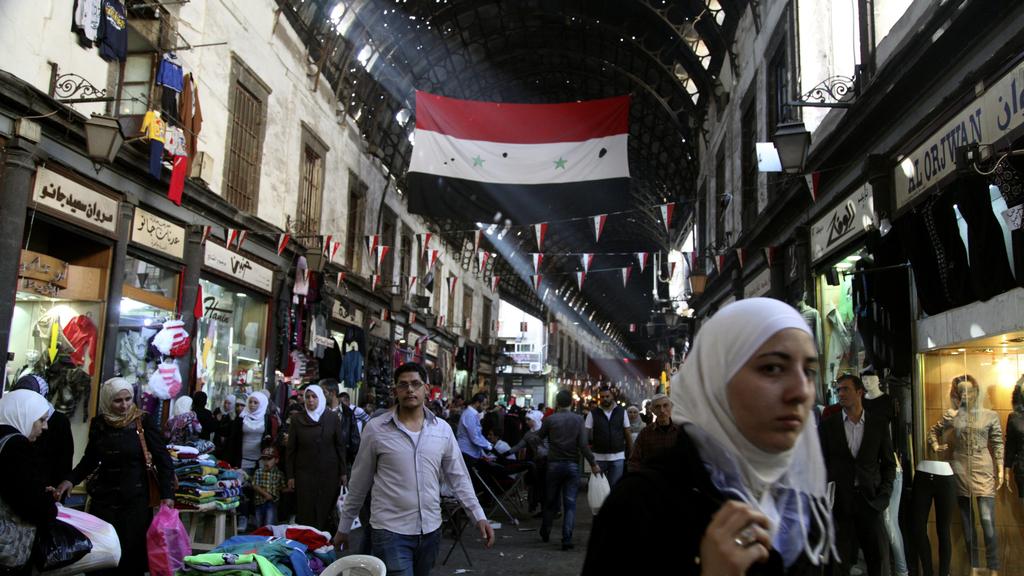During 2019 and 2020, Iran faced its worst economic crisis in 40 years while it was trying to seize as much of the Syrians’ property. Iranian President Hassan Rouhani admitted as much, confirming that his country’s efforts have failed to circumvent recent US sanctions, which exacerbated Iran’s internal and external crises and undermined its position in Iraq, Syria, Lebanon and Yemen.
Iran’s oil production decreased from 2.5 million barrels to less than 300 thousand barrels per day, and was unable to restore foreign exchange trading through official channels while its local currency continued to collapse.
Iran also fell behind at the Corruption Perceptions Index issued by Transparency International, which studies and measures financial corruption around the world, ranking 149 out of 180 countries, its worst in recent years and a clear indication of its decline.
Official data show a sharp decline in the standard of living of the Iranian citizen, who resorts to searching for scarce foreign currency to avoid unemployment and inflation.
Which raises the question, how is Iran financing the purchase of real estate in Syria?
At the end 2018, the Iranian Students’ News Agency indicated in one of its periodic bulletins that illegal business activities, such as smuggling food, meat, bread and oil across the borders of neighboring countries, have increased within Iran’s official institutions. While narcotics, hashish, Captagon, heroin, and cocaine take the lead in the most smuggled goods in the areas controlled by the Assad regime and under Iranian influence in Syria.
Iranian authorities continue to blackmail the international community regarding the nuclear deal, using drugs for political gain. In late 2019, the Iranian anti-drug police chief expressed their “fear” of the overflowing of drugs towards Europe and requested that aid provided for Iran to combat smuggling to continue, warning against any reduction of efforts to deal with the issue.
Between 2005 and 2011, authorities in Ecuador, Colombia, the Netherlands and Germany managed to discover large drug shipments and to arrest many members of drug smuggling networks working for the Iranian Revolutionary Guard and Hezbollah. A commercial plane was discovered taking off from Venezuela every week loaded with cash and drugs bound for Tehran after passing through Damascus.
Since 2011, the IRG’s drug operations have intensified. However, the US, Czech, Saudi Arabia, Kuwait, the Emirates, Italy, Germany, Hungary and Slovenia managed to thwart many of its schemes.
Project Cassandra was an operation led by the Drug Enforcement Administration (DEA) with the participation of seven countries, after the US found evidence of Hezbollah’s drug trafficking network from Latin America to the US and Europe, classifying it as a global crime syndicate and declaring drugs as the source of 30% of its income.
Italian authorities uncovered drug trafficking networks from Iran to Iraq, then to Turkey and Italy, and from there to various European countries. Kuala Lumpur issued a death sentence against 86 Iranians for drug smuggling charges, while Saudi authorities executed three Iranians who were convicted in drug smuggling cases.
In Greece, authorities managed to confiscate a shipment of drugs coming from Syria containing 33 million Captagon tablets, valued at $ 660 million. Meanwhile, Turkey arrested a network of Iranian drug dealers holding a ton and a half of heroin, the largest operation so far. In mid-January 2020, Egyptian authorities also thwarted a smuggling attempt of a shipment of drugs that departed from a Syrian port, estimated at half a ton.
In Syria, official and local newspapers are never without news of arrests of drug dealers. However, according to our sources, the raids are mostly against small dealers, when in reality the big trades are led by the likes of Wassim Badi Al-Assad and Ayham Kamal Al-Assad who work in cooperation with Hezbollah in Wadi Barada and al-Qalamoun in the countryside of Damascus, and the Iranian Revolutionary Guard in the eastern desert.
In January 2020, a disagreement between Syrian National Defense and Hezbollah in the western Qalamoun region, and which turned into clashes that were quickly resolved, revealed the arrival of a large drug shipment belonging to Hezbollah to the Syrian territories, through the Lebanese border under the protection of Saad Zagzak, a leader of loyalist militias.
In the eastern region, local sources confirmed to Iqtisad that the entry of Iranian drugs into Syria takes place through two routes, the first of which starts from the city of Mosul in Iraq to the city of Albu Kamal in Deir Ezzor Governorate.
While the second starts from the city of Karbala to Al-Rutba in the Iraqi territories and from there to Al-Tanf and then to the Syrian interior. This road is used only in exceptional circumstances, with military and security checkpoints on both sides.
The IRG ships the drugs to Europe and Egypt after delivering them to Lebanon via Wadi Barada road in the Dmascus countryside, where Hezbollah receives it then delivers it to its intended destination.
Our sources confirm that one tablet of Captagon is sold in Syria at about $2, a gram of hashish at about $3, a gram of heroin about $20, and cocaine about $100. The sales go up at the beginning of each month, making Syria the most important transit station for drugs before they are transferred to the Arab Gulf, Europe, and America.
Thus, it becomes clear how Iran is able to finance all its activities in Syria, including its militias, the spreading sites of religious shrines, and above all its seizure of real estate and private and public property.
Almost all laws now serve foreign presence in Syria at the expense of the Syrian people, with Assad presenting the Syrians property to Iran in a gold platter, which in turns is taking advantage of his inability to pay up his debt and to develop efficient economic plans capable of solving the accumulating crises.
(Zaman Al Wasl)

